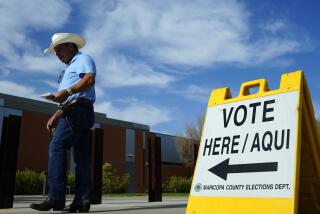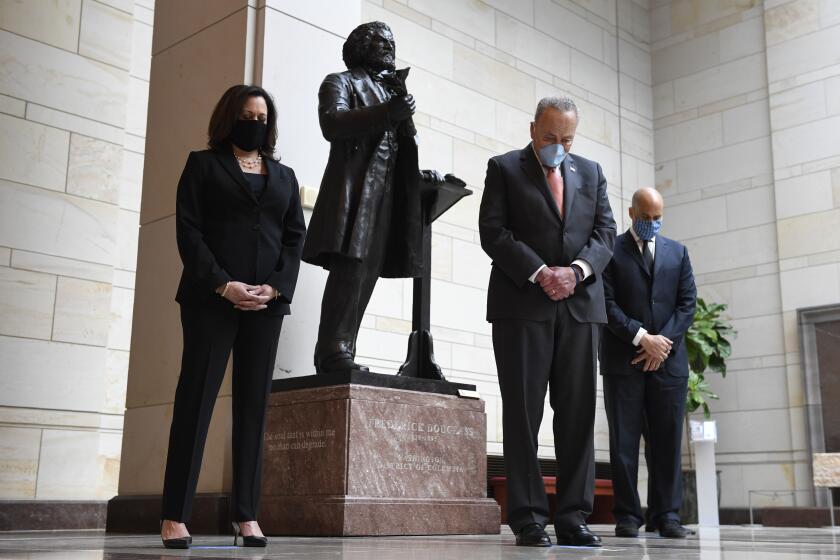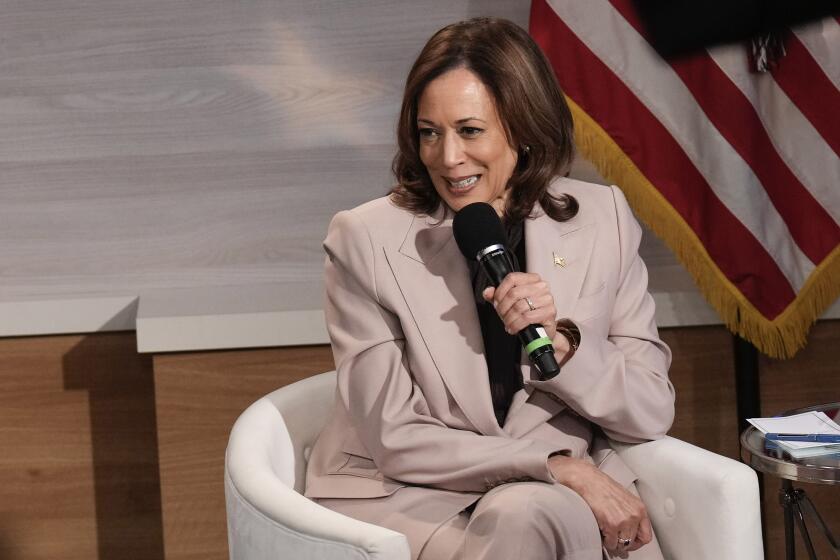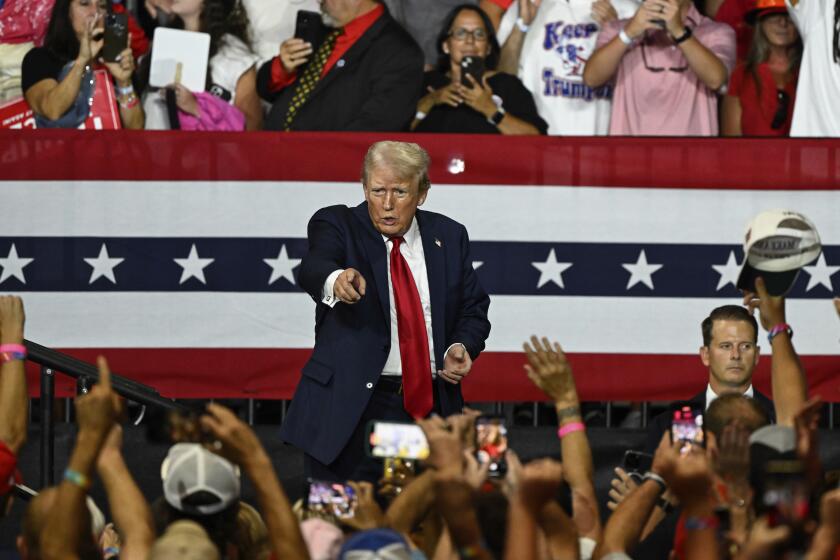Diversity 90210
ORDINARILY, CALIFORNIA takes pride in being in the vanguard of national trends. But a depressing report in The Times this week about an outreach program at Beverly Hills High School demonstrates that in one area -- racial diversity -- the trail blazed by the state goes in the wrong direction. Unfortunately, the U.S. Supreme Court may soon force the rest of the country to follow California’s lead.
The Beverly Hills Unified School District decided in 1969 to foster racial diversity in its classrooms by allowing a limited number of youngsters from outside the district to attend Beverly Hills High School. For decades, the district used “diversity permits” to enroll a mixture of black, Latino and Asian students from Los Angeles.
Then, in 1996, voters approved Proposition 209, which says that the state “shall not discriminate against, or grant preferential treatment to, any individual or group on the basis of race, sex, color, ethnicity or national origin in the operation of public employment, public education or public contracting.” Fearful of violating this law, Beverly Hills no longer asks children who apply for diversity permits to state their race or ethnicity. As a result, 108 of the 159 Los Angeles students attending Beverly Hills High on this program are Asian, while 19 are black and 16 are Latino.
“So what?” one might ask. Wasn’t the purpose of Proposition 209 to force the state and public schools to operate in a “color-blind” fashion? The problem, of course, is that in a racially polarized society, color-blindness can have the effect of perpetuating racial isolation, not breaking it down.
Proposition 209 isn’t the only or the most important reason why Beverly Hills High students see so few black and Latino faces in class. The boundary lines of school districts -- and not just in California -- track housing patterns, which in turn reflect race and family income. Efforts to use the federal courts to redraw district lines mostly have failed, meaning that if children of different races are to be brought together, it will be through creative programs like Beverly Hills’ pre-Proposition 209 diversity permit program.
Meanwhile, the U.S. Supreme Court is expected to rule soon on constitutional challenges to racial-balance programs in Louisville, Ky., and Seattle. Some justices seem to think that trying to maintain racial balance in schools is unconstitutional. Others appear to recognize the distinction between taking account of race to bring children together and doing so to keep them apart.
As in other cases, the deciding vote on the court may be cast by Justice Anthony M. Kennedy, a Californian. We hope he realizes the damage that Proposition 209, and the thinking behind it, have done to his home state.
More to Read
Get the L.A. Times Politics newsletter
Deeply reported insights into legislation, politics and policy from Sacramento, Washington and beyond. In your inbox three times per week.
You may occasionally receive promotional content from the Los Angeles Times.










